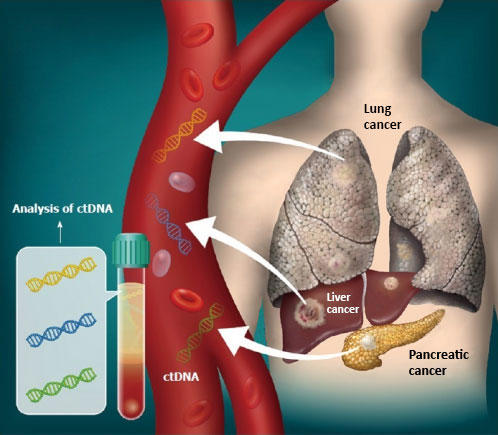The Australian Prudential Regulation Authority (APRA) has published its first handbook aimed at helping the directors of banks, credit unions and building societies to understand and comply with APRA's regulatory requirements.
APRA has developed the new Guide for Authorised Deposit-taking Institution (ADI) Boards as part of its multi-year initiative to modernise the prudential architecture. The guide puts all of APRA's existing requirements and accompanying guidance in one place.
APRA will also review its cross-industry standards and guidance covering governance next year. The review will examine how to rationalise and streamline the requirements and guidance relating to boards to improve the accessibility and clarity of these aspects of the prudential framework.
APRA Chair John Lonsdale said the guide will be a useful reference point for boards as they navigate the dozens of different prudential standards and prudential practice guides (PPGs) that make up APRA's prudential framework for ADIs.
"APRA's ADI prudential framework plays an essential role in protecting the community by supporting the ongoing soundness and stability of banks and the financial system, especially in times of economic difficulty.
"We recognise, however, that its complexity can make it challenging for boards to understand all of their requirements, creating a risk that key obligations could be missed.
"The new guide will become a one-stop shop that brings together all of the standards and PPGs needed to help directors navigate requirements that are specific to them. It will also help those that support directors in fulfilling their role, such as company secretaries, and management teams.
"Although it's currently a substantial document, over time the guide will be pared back as our modernisation agenda creates a simpler, more rationalised prudential framework," Mr Lonsdale said.
The Guide for ADI Directors, including an excel version, is available on APRA's website at: Information paper - Authorised deposit-taking institutions: guide for directors.






